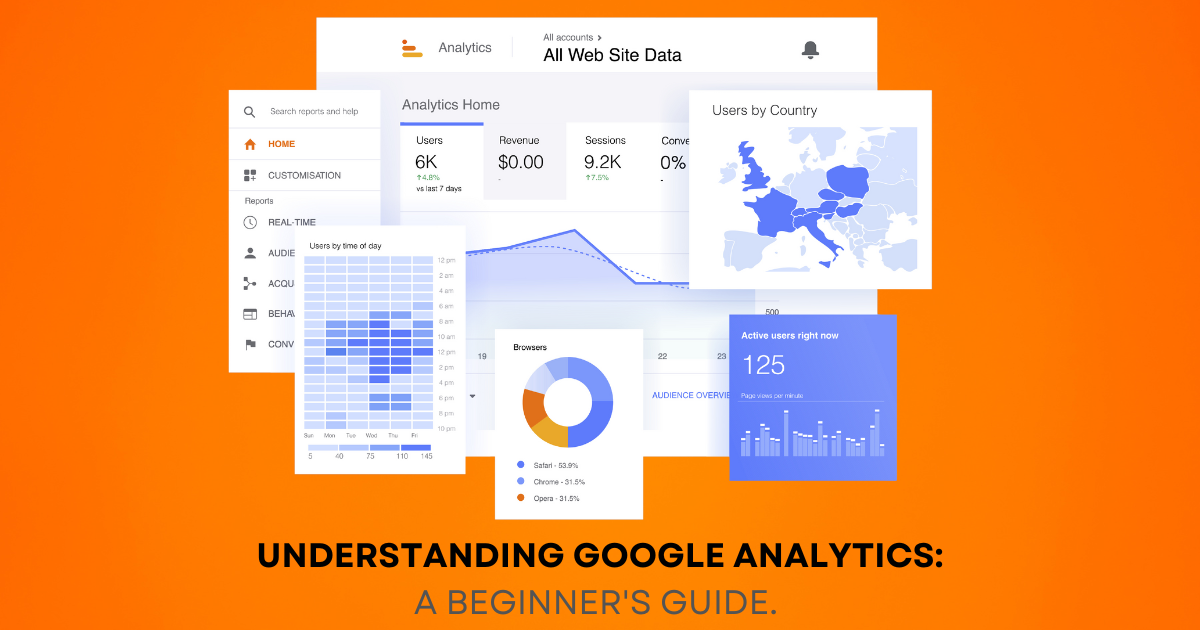Design Thinking’s Guide to Keyword Optimization
Keyword Optimization
What is it? It’s the act of prominently featuring relevant keywords throughout your content to help drive traffic from Google to your website. Keyword optimization requires content creators to…
1. Research and discover the best keywords to target.
2. Find natural ways to feature the relevant words throughout the content.
So you’ve created some awesome content. You did your research, crafted your writing and filled it with valuable insight and even some wit. Your target audience is going to love it! If only they could find it. No matter how hard you’ve slaved away, your use of keywords could be the difference between content that converts and content that no one reads.
In the past, “keyword stuffing” may have been enough to drive traffic to your site. But SEO in 2018 is far more sophisticated and using keywords is a little more complex. Luckily our SEO experts are here to make it simple lining out everything you need to know below.
Importance of Keywords
Keywords have two main roles:
1. To help leads find and understand your content and its main topics.
2. To be found on Google’s web crawlers and direct your audience to your content.
Selecting an appropriate keyword for your blog is critical for keeping your content focused. Content without keywords runs the risk of never even being found by your audience. Using your keywords correctly will help you to rank highly in search engine results. The higher you rank, the more likely it is that a searcher will click on your post, visit your site, and convert to a lead with the end goal of becoming a customer.
Long-tail vs. Short-tail Keywords
When looking for a product or service online, we may begin our search with a single word. For example, it’s Friday night and we don’t want to cook so we make our way to Google and search for “pizza”. We will end up getting thousands of results, from recipes for pizza to love songs about pizza, but those don’t help us much when trying to find a pizza place nearby to order dinner from.
When we add specifics such as “best pizza takeaway in Brantford”, we may get fewer results but we’re more likely to find what we’re actually looking for. This is the same thing when adding keywords to your content.
Think of your keywords as a container. The short-tail container is wide and shallow, like a punch bowl. Anyone can dip in and enjoy the contents. Overall, short-tail keywords cover a broad topic for a broad audience.
Your long-tail container is a champagne flute. The width is narrow but there is considerably more depth. The content of this container is more refined. Overall, long-tail keywords cover a specific topic and are accurate and informative. While short keywords are more regularly searched than their larger counterparts, these terms are harder to rank for. However, lengthen these terms to be more specific, and not only are you more likely to rank higher for them, but you’ll have narrowed your focus to your target audience.
Think About Your Audience
As we’ve mentioned, keyword optimization is an evolving process. Things that may have worked just a few years ago are no longer best practices today. Now Google has the ability to prioritize websites with the best user value which means if you want your content to rank, people better find it useful.
The secret to compelling content is tailoring it to accurate audience personas. Start by thinking about the types of questions your audience would ask if were in the room with them. Since great content is customer-centric and educational, your aim should be to answer those questions. The better you know your personas, the easier it will be to target them via keywords.
Most Importantly…
The most important thing to remember when using keywords for inbound marketing is that they are just one element. They are a branch of SEO, not the whole tree. If you have the best keyword strategy but you don’t tick any other SEO-related boxes, it doesn’t guarantee you first place in Google’s search results.
Whether you already have a keyword strategy implemented or you’re just joining the SEO game, Design Thinking can help your business get found on search engines. Contact us today to learn more on how you can get ahead in the rankings.















